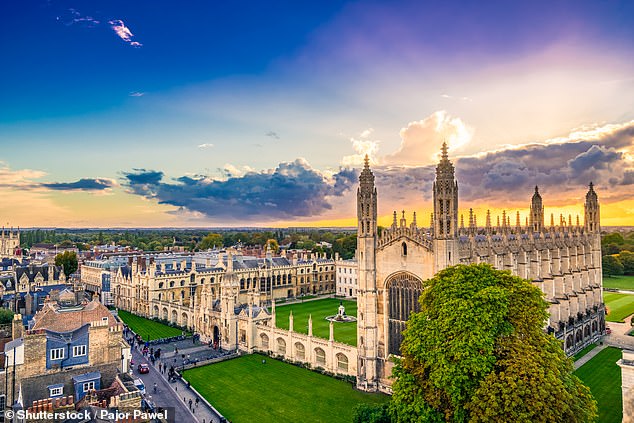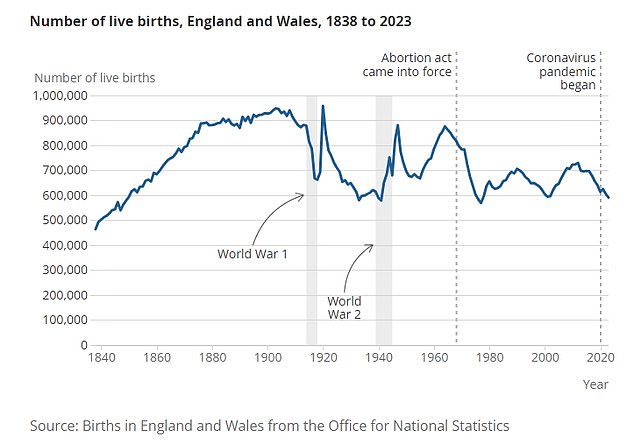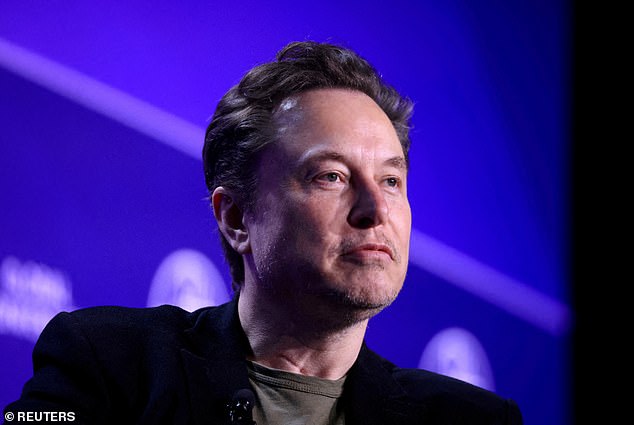UK fertility time bomb: Crisis as birth rate falls to all-time lows, with some areas becoming ‘baby deserts’ because so few are having children
Britain’s fertility time bomb was exposed today with the lowest birth rate ever recorded in official statistics.
According to the Office of National Statistics (ONS), England and Wales recorded an average of 1.44 children per woman of childbearing age in 2023.
Experts fear falling numbers will lead to population decline – with fewer working-age adults causing economic problems and a reliance on migration to keep numbers up.
Women who focus on their careers in their younger years have been blamed, while others have pointed to the cost of living and housing as factors.
Certain areas of England and Wales recorded particularly low fertility rates.
One of these ‘baby deserts’ was the City of London, which had the lowest fertility rate with an average of 0.55 babies per woman.
Cambridge recorded the second lowest fertility rate of 0.91, followed by Brighton and Hove with 0.98 babies per woman.
By region, the biggest falls in fertility rates occurred in Wales, from 1.46 to 1.39, and in the North West of England from 1.53 to 1.46.
According to a report from the Office of National Statistics, women of childbearing age will have had an average of just 1.44 children in 2023. This is the lowest level since measurements began in 1938

Cambridge recorded one of the lowest fertility rates in England and Wales, with less than one baby per woman of childbearing age
In contrast, London, the North East and the West Midlands, although still experiencing an overall decline, had the smallest decline of any region.
The fertility rate collapse seen in the ONS report is part of a wider trend observed since 2010, and wider since the 1960s.
By age group, the decline is sharpest among women in their twenties.
The birth rate among women in their early twenties has fallen by almost 80 percent since the 1960s, from 182 births per 1,000 women to just 38.6 births per 1,000 women today.
In other words, today only a fifth of British women will have had a child by the age of 25, the lowest percentage ever.
The collapse in fertility was accompanied by a decline in the number of births.
England and Wales recorded just 591,072 live births in 2023, the lowest number since 1977.
Although no area in England and Wales recorded a fertility rate at or above what experts call the replacement level of 2.1, some came close.

England and Wales recorded just 591,072 live births in 2023, the lowest number since 1977
Luton in Bedfordshire had the highest fertility rate of both countries at 2.01.
This was followed by the London borough of Barking and Dagenham with a rate of two babies per woman, and Slough in Berkshire with a rate of 1.93.
There are numerous factors responsible for the collapse of fertility rates in modern Britain.
Some have cited how women simply enjoy the independence that society now offers them, compared to a century ago, and choose not to have children.
In a similar trend, some women may only choose to have children later in life, and therefore less generally, and instead focus on their careers.
For men, lifestyle factors such as the increasing prevalence of obesity in many countries are also thought to have a downward impact on fertility.
Rising pressure on the cost of living, especially the price of childcare and housing, is another factor putting a damper on couples having children or deciding to have more than one, and which could consequently reduce the total fertility rate .

Elon Musk (photo), who brags about ‘always hitting the baby drum’, has been warning of a decline in births for years
But without replenishment of an aging population, scientists argue that public services and economic growth are at risk.
The ever-declining birth rates will also put extra pressure on the NHS and social care, as there will be fewer younger people to work in services that an older population will need.
The ONS report found that the average age of fathers rose to 33.8, while the average for mothers remained stable at 30.9.
Although maternal age has remained stable, it is associated with a historic increase in the number of women who, on average, decide to have children later, if at all.
By comparison, nearly 60 percent of women born in the 1940s had at least one baby by age 25; today this has fallen to 20 percent.
Britain isn’t alone in facing a baby bust.
Earlier this year, scientists warned that 75 percent of countries would face this demographic problem by 2050.
By 2100, this could rise to 97 percent of all countries, in what experts have described as ‘stunning social change’.
Experts, and even celebrities like Elon Musk, have been warning for years about the global threat of underpopulation.
Some countries are taking action to reverse the trend.
France, which already has a higher fertility rate than Britain (1.8), plans to offer a free ‘fertility check’ to all 18 to 25-year-olds, both men and women, to combat the ‘scourge’ of infertility to tackle. to President Emmanuel Macron.
